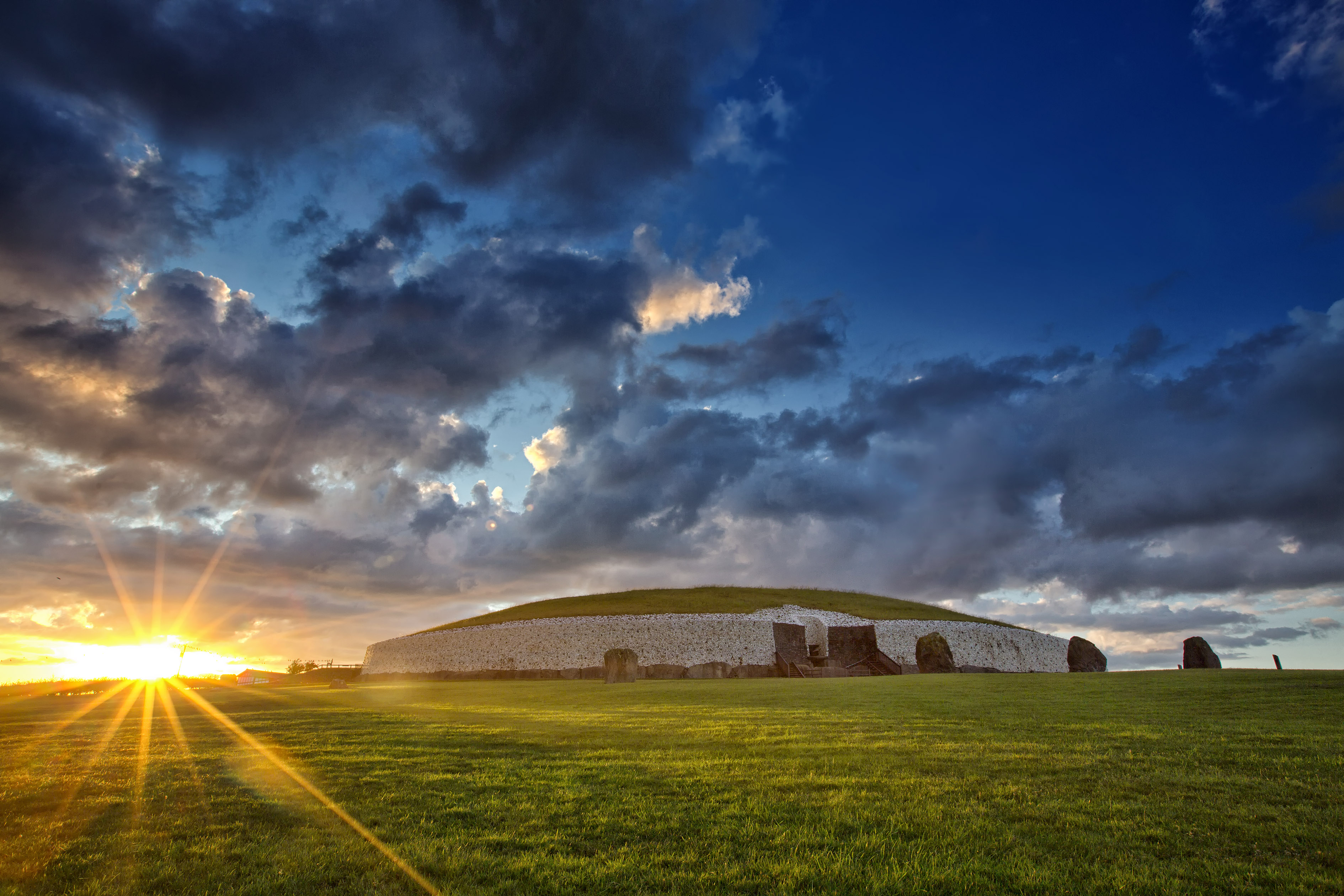Rewilding Ireland: Meet the Man Behind the Island's Biggest Rewilding Escape
Explore an inspirational union of history and nature at this castle estate, home Ireland’s largest rewilding project
.jpg?sfvrsn=421108dd_1)
Dunsany Castle, County Meath
In County Meath, just 45 minutes from Dublin, Dunsany Castle and its 1,500-acre estate are part of a new vision. Home to the Plunkett family since the 1400s, the estate carries centuries of heritage – but under the stewardship of Randal Plunkett, the 21st Baron of Dunsany, a new future is taking root.
Since 2014, guided by Randal’s stewardship, more than 700 acres of farmland have been returned to nature as part of Ireland’s largest private rewilding effort. Where fields once bore livestock, oak saplings now rise. Wetlands have returned. The hum of insects, the movement of deer and the call of birds now fill spaces once silent.
“Tourism just happened to follow on from the rewilding story,” says Plunkett. “it’s been really interesting to see how things have evolved.”
.jpg?sfvrsn=62a2c88a_1)
Grounds of Dunsany
Heritage without hype
Unlike many heritage properties that cater to crowds, Dunsany Castle remains a lived-in home. Seasonal tours – small, personal, and often guided by Plunkett himself – offer an intimate view of the castle’s literary and architectural legacy.
Visitors walk through rooms rich in story and memory, many linked to Edward Plunkett, the early 20th-century fantasy author and peer of WB Yeats. But there are no multimedia installations, or velvet ropes here.
“This is something different. Unique. And a bit more immersive,” says Plunkett, “There’s an educational value, too. And it shows that Ireland isn’t just green in a brochure – it’s actually green in practice.”
What sets Dunsany apart is that its rewilding project isn’t ornamental – it’s ecological. Land was removed from agricultural production, and nature has been allowed to return on its own terms.
“At the start, it was mostly locals who visited us, people with a scientific or conservation interest,” says Plunkett. “Now, it’s Americans, French, all sorts – and they’re looking for something real. Something they feel. Not just something they tick off a list.”
While the castle draws history lovers, the land draws those seeking restoration – from themselves and the places they visit. “People are seeking ways to detox from the digital world,” Plunkett explains. “They want to reconnect with nature.”
Dunsany doesn’t fit neatly into the guidebook model of tourism. There is no café, no gift shop and no tour bus infrastructure. “I’m very conscious about avoiding the theme-park route,” says Plunkett. “It’s not overly commercialised yet, which matters to us.”
Instead, it appeals to travellers looking for something slower and more soulful. “We get the earthy types,” he says. “People who are drawn to a more naturalistic way of living. A lot of vegans. People who are really conscious about the environment.”
And yet, it’s not a niche appeal. “It’s changing,” Plunkett notes. “The visitor profile has shifted... now it’s people from all over.”

Newgrange, Co Meath
A region on the rise
Plunkett sees the Boyne Valley – home to landmarks such as Newgrange, the Hill of Tara, and Trim Castle – as ripe for thoughtful development.
He’s optimistic about the future. “Maybe now you can do Tara, Dunsany, and Trim in a long weekend, and that starts to feel like a meaningful itinerary,” he says.
Dunsany, as part of the broader Boyne Valley, is embroidered into the historic landscape of County Meath, a part of the island of Ireland rich with myth, heritage and culture. It’s a place that rewards those who seek it out, with beautiful historic sights such as the 12th-century Bective Abbey, the Neolithic Loughcrew Cairns and Kells Monastic Site, as well as walking and cycling routes along the Boyne Greenway. Nature abounds here, making it a perfect destination for those seeking balance and restoration, with cold-water swimming and outdoor saunas along the River Boyne offering modern wellness rituals in ancient settings.
Dunsany isn’t your typical destination, but it’s a rare place – both rooted and radical.
“We’re not the obvious stop,” says Plunkett. “But for those who make the effort, well, our reviews tend to say it’s worth venturing off the beaten path.”
The details:
Rewilding tours at Dunsany are available by request via dunsanynaturereserve@gmail.com.
Castle tours are offered seasonally during May (1st-31st), August (16th-31st) and September (1st-14th) from 10am to 2pm. Admission for adults is €25, pensioners €20, students €15 and children under 12 are free.
Additional events may be scheduled for National Heritage Week (August 16–24, 2025).
